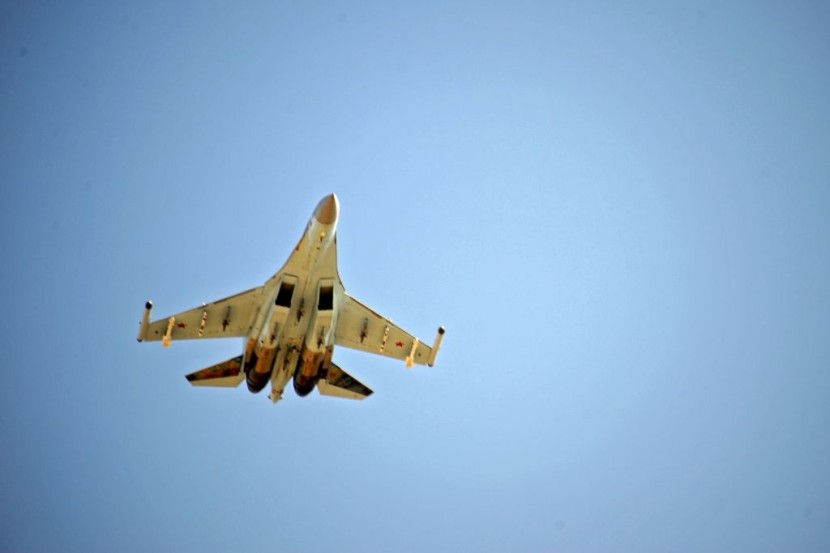
If the F-22 Raptor ever meets a Su-35 Flanker-E in actual combat, the 5th generation fighter has a glaring deficiency that proves to be its Achilles heel. Sometimes lack of simple and tried systems can bring down even the most advanced fighter like the Raptor.
The Sukhoi Flanker-E is still widely used by the Russian despite its age and is one of the most exported fighters to other nations like the F-15 Eagle.
A fighter plane is supposed to have all the bells and whistles, but it is a problem faced by supposed to be invincible F-22.
Stealth is not enough for the F-22 Raptor
The Russians have always been practical in their planes; it proves to have an unexpected edge. Its rival has no infrared search and track capability (IRST sensor), also lacks side-looking radar in its expensive airframe, reported the Nationalist Interest.
No matter how advanced the Raptor is, the designer did not place an IRT sensor and side-looking radars. IRSTs are vital to avoid getting blind in the infrared to heat the signature of an opponent.
It seems US fighters have dropped the heat sensor after the F-14, although the IRST is an option available as a pod on the centerline drop tank on the Super Hornet. Dropping the tank would be unwise and expensive, noted USNI.
In a turning fight with the Su-35 Flanker-E, the Raptor will not get a target lock because it needs to point its nose to its opponent. In the 90-degree angle, the Sukhoi has a good chance of killing it.
The deadly shortcoming has F-22 pilots shying away despite their plane's agility.
F-22 Raptor needs upgrades
Unlike the Su-35, the Raptor developed from the Advanced Tactical Fighter program started in 1981. Initially, the design requirement was for air to ground fighters, Mach 2.5, and from high to medium-altitude, to carry standoff weapons for killing tanks and ground targets.
Nothing happened because the air force was able to adapt the F-16 for the ATF needs. But in 1985, the US Air Force had major updates and wanted stealth instead. Later the YF-22 and YF-23 were products of this fly-off.
Two engines would be provided for the airframes, the Pratt & Whitney F119 engines, and General Electric F120 engines. This time, companies were asked to work together in twos.
Lockheed Martin teamed up with Boeing and General Dynamics, the other was Northrop and McDonnell Douglas, but the Rockwell and Grumman firms did not enter.
Everything is history as the Lockheed beat Northrop in the Advanced Tactical Fighter program, cited Air Force Technology. Some say the YF-23 should have won to this day.
Comparing the F-22 to Su-35
Compared to the 4.5 generation Russian plane, the Raptor has an internal payload, with supercruise engines, cutting-edge avionics, and a stealthy radar cross-section that makes it look smaller on the radar.
Overall, the F-22 is supposed to replace the F-15 and be better longer flight hours and less work needed to keep it flying. But instead, the stealth fighter became more expensive to maintain.
Most of the systems are cheaper to maintain now, but the lack of an IRST is because everything on the jet is expensive. Spending on extras is not wanted, even the check radars.
This concedes the advantage to the Su-35 Flanker-E in more combat dimensions that the F-22 lacks, something that the USAF might regret.
© 2025 HNGN, All rights reserved. Do not reproduce without permission.








